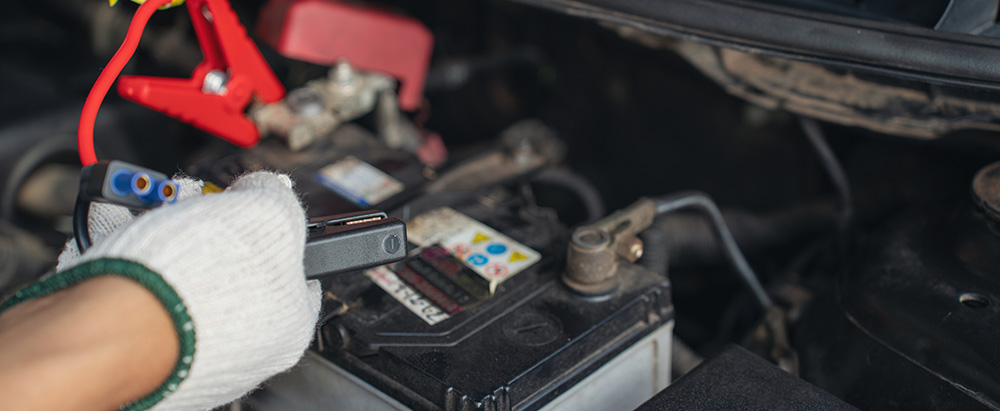A potential safety concern has been identified in certain 2025 Nissan Frontier and Kicks vehicles, prompting a recall by the Japanese automaker. The issue revolves around the Center Information Display (CID) unit, which may display a blank screen when the transmission is shifted into reverse. This malfunction could lead to non-compliance with Federal Motor Vehicle Safety Standard (FMVSS) for rear visibility, as the rear view camera image may not be displayed on the screen.
The problem was first reported in October 2024, when a field report alleged that a 2025 Kicks vehicle’s CID screen showed a blank screen at startup. Nissan investigated the issue and conducted various tests, including cold starts and placing the vehicle in reverse. The results revealed that the rear view image was not displayed on the screen, and the “Camera” button did not display the Around View Monitor image. Further analysis, including bench testing, was conducted to determine the root cause of the problem.
After collecting additional field reports and inspecting the affected parts, Nissan concluded that an intermittent communication error could exist between the In-Vehicle Infotainment (IVI) system and the CID modules. This error may result in a blank screen, rendering the rear view camera intermittently inoperable. The company worked with its supplier to develop software to address the concern and identified a similar issue on specific Japan market models equipped with the same IVI system.
To rectify the problem, Nissan has decided to conduct a recall for vehicles equipped with the subject CID in the U.S. market. Dealers will update the software on the vehicle’s center information display to correct the issue. Owner notification letters are expected to be mailed on July 1, 2025. The manufacturer numbers for this recall are PD152 and PMA48, and the NHTSA campaign number is 25V-324. Vehicle owners who receive notification letters should schedule an appointment with their local dealer to have the software update performed as soon as possible.







